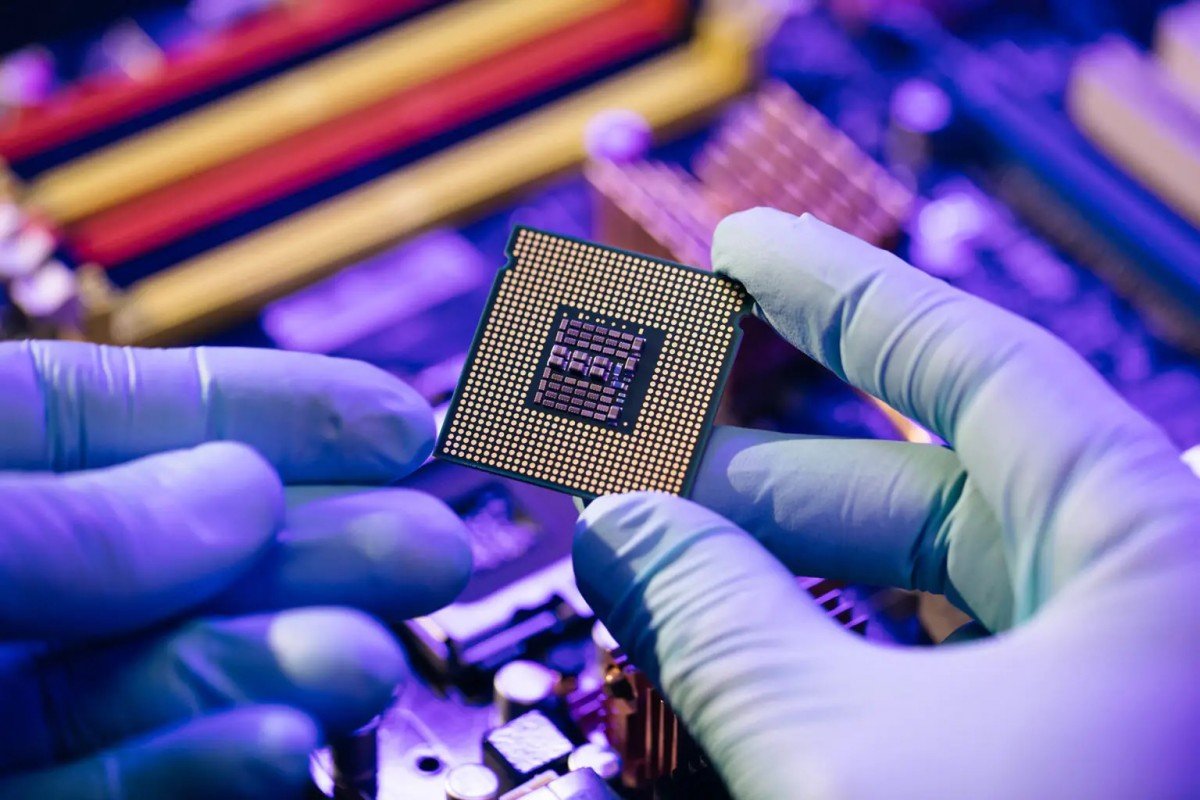The Ministry of Information Technology and Telecommunication (MoIT) has unveiled a draft ‘Semiconductor Policy and Action Plan’ aimed at transforming Pakistan into a major hub for semiconductor design, manufacturing, and Assembly, Test, and Packaging (ATP). The policy seeks to address the growing dependence of the national economy and security on semiconductors, which are critical to modern technology and infrastructure.
Key Elements of the Policy
The draft policy outlines five main pillars to establish a sustainable semiconductor ecosystem in Pakistan:
- Policy Support and Incentives
- Infrastructure Development
- Human Resource Development
- Industry Ecosystem Building and Collaboration
- Research and Development (R&D) and Innovation
To encourage investment in the semiconductor sector, the policy proposes a range of incentives, including grants and subsidies for firms involved in semiconductor design, R&D, and manufacturing. Specific measures include:
- Extending Special Technology Zone (STZ) incentives to the semiconductor industry.
- Exemption of import duties on equipment and machinery.
- Provision of soft loans at 25% rebated interest rates for setting up semiconductor facilities.
- Offering 25% tax rebates for employees working in the semiconductor industry and R&D organizations.
Additionally, the policy proposes the creation of a National Semiconductor Fund worth Rs. 10 billion to provide soft loans, grants, startup support, and incentives to retain local talent, attract international firms, and engage the foreign diaspora over the next decade.
Global Semiconductor Market and Pakistan’s Opportunity
The global semiconductor market, valued at over $600 billion in 2023, is projected to surpass $1 trillion by 2030, driven by rapid growth in computing, data storage, automotive electronics, wireless connectivity, and power management. However, the last five years have seen significant disruptions in the semiconductor value chain due to the COVID-19 pandemic and geopolitical tensions, such as the US-China trade war, also known as the “Chip Wars.”
These disruptions have exposed the world’s reliance on the USA for advanced technologies and Taiwan for chip manufacturing, prompting countries to invest heavily in achieving self-reliance in semiconductor technology. For instance:
- China aims for 70% self-reliance by 2025 with a $155 billion investment.
- South Korea has committed $450 billion to chip foundries.
- The USA is investing over $52 billion to refocus on chip manufacturing.
- The EU has pledged €11 billion, while India has announced a $10 billion package to develop its semiconductor ecosystem.
- Saudi Arabia recently announced a $100 billion investment in semiconductors as part of its Public Investment Fund (PIF)-backed initiatives.
Pakistan’s Vision for the Semiconductor Industry
The draft policy envisions Pakistan leveraging its large youth population to create a skilled workforce capable of meeting both local and international market demands. The semiconductor market is divided into three key segments: chip design, fabrication, and ATP. While the USA dominates the chip design market, Taiwan leads in fabrication, and China holds a major share in ATP. Pakistan aims to carve its niche in these segments by focusing on long-term investments and building a robust ecosystem.
The policy also highlights the potential for semiconductor startups and entrepreneurs to expand their businesses and become globally competitive. By fostering innovation and collaboration, the government hopes to boost Pakistan’s economy, enhance national security, and strengthen critical infrastructure.
Strategic Importance of Semiconductors
The MoIT emphasized that semiconductors are not only vital for economic growth but also a reflection of a country’s soft power. The policy aims to position Pakistan as a competitive player in the global semiconductor market, ensuring self-reliance and safeguarding strategic interests.
The draft policy, developed through multi-stakeholder consultations, will serve as a foundation for building a sustainable semiconductor ecosystem in Pakistan. If implemented effectively, it could provide a much-needed boost to the country’s economy and technological capabilities, aligning Pakistan with global trends in semiconductor development.










